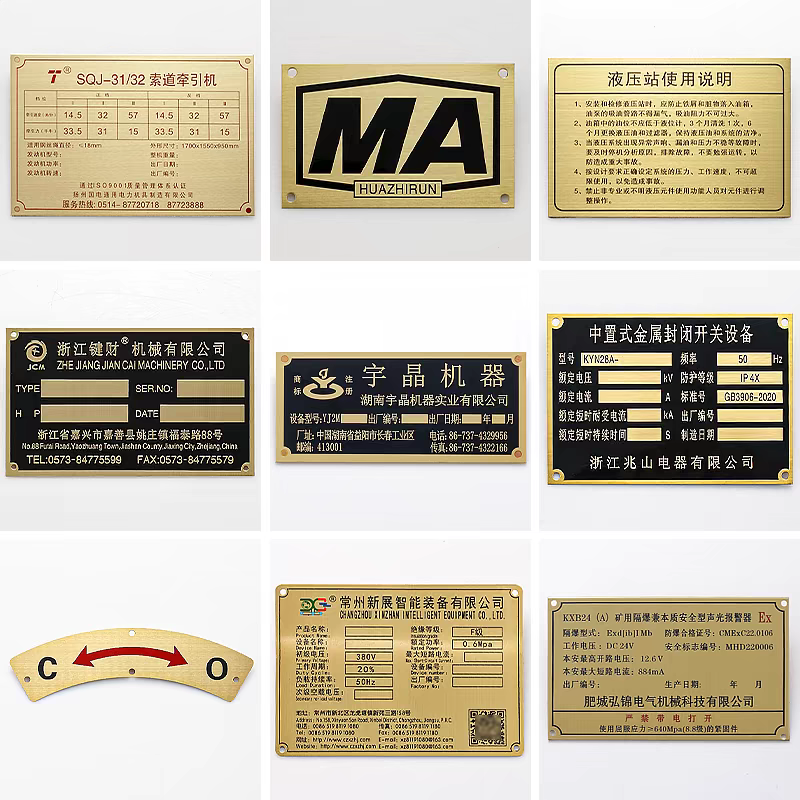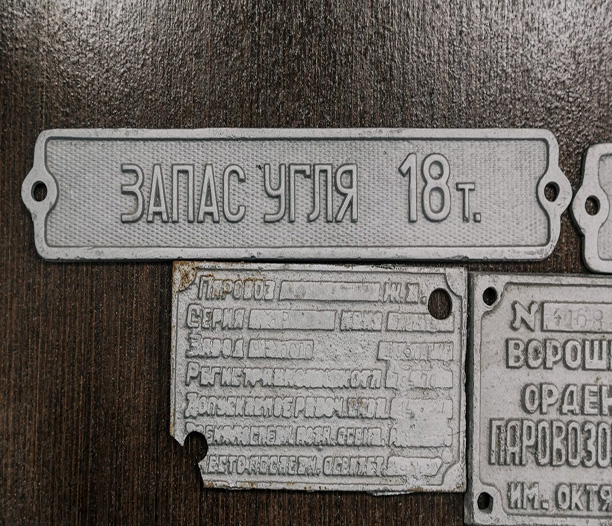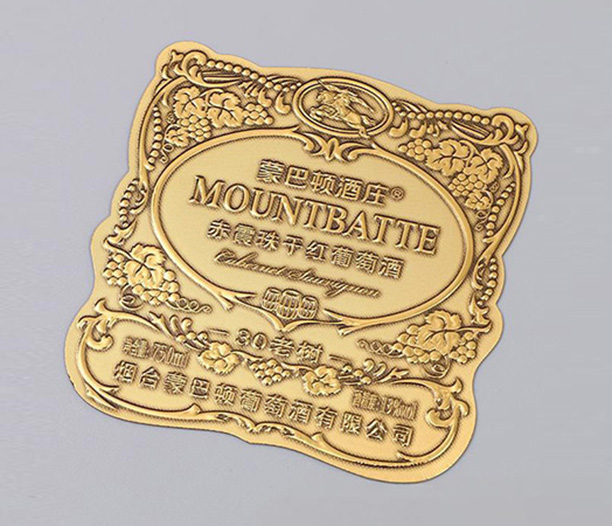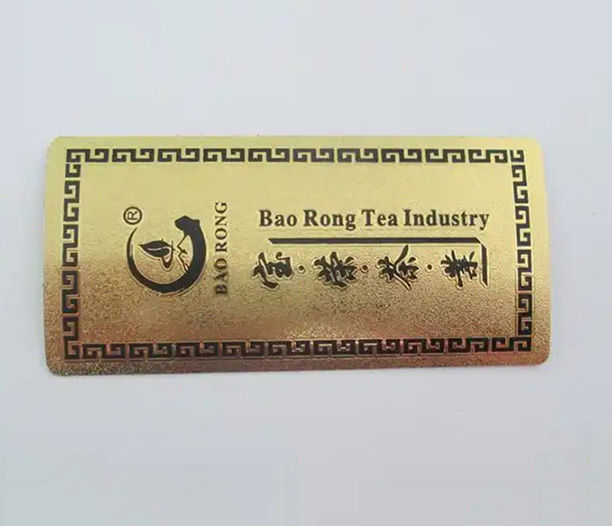In the high-stakes environment of healthcare, every detail matters. From the precision of a surgical instrument to the dosage of a potent medication, accuracy is non-negotiable. Yet, one of the most fundamental components of patient safety often goes unnoticed: the medical equipment labels affixed to every device, machine, and tool. These are not mere stickers; they are critical communication tools that carry vital information for clinicians, technicians, and patients.
You might wonder how these differ from the labels on a consumer product. The distinction isn't just about ink and adhesive; it's a matter of regulatory compliance, material science, and life-or-death consequences. This article delves into the specialized world of medical equipment labels, exploring why they are in a league of their own and what you need to know to ensure compliance and safety.

Beyond Paper and Ink: What Are Medical Equipment Labels?
At their core, medical equipment labels are information carriers designed specifically for the healthcare and life sciences sectors. They must withstand unique challenges that standard labels never encounter: repeated sterilization cycles, exposure to harsh chemicals like disinfectants and solvents, extreme temperature variations in autoclaves or storage freezers, and the need for long-term durability, often for the entire lifespan of the equipment.
Their functions are multifaceted:
Identification: Clearly stating the device name, model, and serial number.
Instruction: Providing usage instructions, calibration data, or safety warnings.
Compliance: Displaying mandatory symbols and certifications (e.g., CE mark, FDA unique device identification or UDI).
Traceability: Enabling asset tracking and recall management.
The Unforgiving Environment: Why Standard Labels Fail
Imagine a label on a surgical tool that fades after 50 sterilization cycles, or a barcode on an IV pump that delaminates after repeated wipe-downs with alcohol swabs. The results could be catastrophic—misidentification of equipment, incorrect usage, or failed inventory scans leading to operational inefficiencies.
This is the primary differentiator. Standard paper or vinyl labels are simply not engineered for these conditions. They lack the robust durability and performance required in clinical settings. The adhesive may break down, the face material may tear, or the print may smudge, rendering the label—and the critical information it holds—useless.
Key Features of High-Performance Medical Equipment Labels
When sourcing or designing labels for medical devices, several non-negotiable features must be considered.
1. Material Durability and Chemical Resistance
The substrate, or base material, is paramount. Common choices include:
Polyester (PET): Excellent dimensional stability and resistance to most chemicals and solvents.
Polypropylene: A cost-effective option with good chemical and water resistance.
Polyimide: Used for ultra-high-temperature applications, such as labels that must endure the intense heat of an autoclave repeatedly.
Vinyl: Flexible and durable, often used for asset tracking on larger equipment.
These materials are specifically formulated to resist degradation from isopropyl alcohol, bleach, betadine, and other common hospital disinfectants.
2. Aggressive, Permanent Adhesives
The label is only as good as its bond. Medical equipment labels require adhesives that create a permanent, high-tack bond with various surfaces—stainless steel, plastic, glass, and powder-coated finishes. They must resist lifting, bubbling, or peeling, even when subjected to temperature fluctuations and moisture. For companies like Hemawell, developing a proprietary adhesive that performs consistently across a wide range of equipment is a key focus of their research and development.
3. Legibility and Print Durability
The printed information on a medical device label must remain legible for the life of the equipment. This goes beyond standard office printing. Techniques like thermal transfer printing with resin-based ribbons or ultraviolet (UV) inkjet printing are often employed to create abrasion-, chemical-, and fade-resistant images. This ensures that barcodes remain scannable and text remains readable.
4. Biocompatibility and Safety
For labels that may have direct or indirect patient contact, biocompatibility is a critical requirement per ISO 10993 standards. This ensures that the materials used will not cause adverse biological reactions, such as skin irritation or toxicity.
5. Regulatory Compliance (UDI & More)
Perhaps the most complex aspect is adherence to global regulations. The U.S. Food and Drug Administration (FDA) and the European Union’s Medical Device Regulation (MDR) mandate strict labeling requirements. The most significant of these is the Unique Device Identification (UDI) system, which requires specific data to be presented in both human-readable and machine-readable (AIDC) formats on the medical equipment labels. This system is designed to improve patient safety by enhancing error reporting and facilitating device tracking throughout its distribution and use.

Hemawell's Approach to Engineering Reliability
In a market flooded with generic options, specialized manufacturers like Hemawell set the standard. Their process involves more than just printing; it's about engineering a solution. Hemawell collaborates closely with medical device manufacturers to understand the exact environmental challenges their equipment will face. They conduct rigorous in-house testing—exposing their medical equipment labels to simulated years of use, chemical exposure, and sterilization—to validate performance before a product ever reaches a hospital. This commitment to verified durability provides OEMs and healthcare facilities with the confidence that their critical asset identification will remain intact and functional.
Choosing the Right Label for Your Medical Equipment
Selecting the appropriate label is a systematic process. Ask these questions:
What is the primary surface material? (e.g., curved plastic, textured metal)
What sterilization or cleaning protocols will it undergo? (e.g., STEAM, EtO, VHP, chemical wipe-down)
What is the expected operational lifespan of the device?
What are the specific regulatory requirements for my market? (e.g., FDA UDI, MDR)
What print technology will be used for application and on-site variable data?
Partnering with an experienced supplier who can guide you through this decision-making process is invaluable.
An Investment in Safety, Not Just a Cost
Viewing medical equipment labels as a simple purchase order item is a profound oversight. They are a foundational component of the quality and safety system within healthcare. A failure in a label can lead directly to a failure in patient care, regulatory penalties, and costly device recalls. By investing in high-performance, compliant, and durable labels for medical devices, manufacturers and healthcare providers are making a critical investment in patient safety, operational efficiency, and regulatory adherence. In the intricate ecosystem of healthcare, the humble label plays an outsized role in protecting lives.
Frequently Asked Questions (FAQs) on Medical Equipment Labels
Q1: What is the most common cause of medical equipment label failure?
A1: The most common cause of failure is the use of an incompatible adhesive or face material for the application. For instance, a label not rated for chemical resistance will break down quickly when repeatedly cleaned with harsh disinfectants like bleach or alcohol, leading to fading, smudging, or complete delamination from the equipment.
Q2: Are there specific regulations governing the content of medical equipment labels?
A2: Yes, absolutely. In the United States, the FDA enforces strict regulations, most notably the Unique Device Identification (UDI) system, which mandates specific device identifiers be present on labels. In the European Union, the Medical Device Regulation (MDR) requires the CE marking and detailed information in the local language. Globally, standards like ISO 15223-1 define symbols used on medical device labels.
Q3: Can we use our own printers to create compliant medical equipment labels in-house?
A3: It is possible, but it depends on the required durability. For temporary asset tags or labels on equipment that won't undergo harsh cleaning, in-house printing may suffice. However, for permanent medical equipment labels that require chemical, abrasion, and sterilization resistance, professional-grade thermal transfer printers with specific resin ribbons or pre-printed labels from a specialist like Hemawell are necessary to ensure long-term legibility and compliance.
Q4: How do I know if a label material is truly biocompatible?
A4: Biocompatibility is not a generic claim; it must be verified through testing according to international standards, primarily ISO 10993. A reputable supplier should be able to provide a Declaration of Biocompatibility or test reports from an accredited laboratory certifying that the specific material composition of the label has passed the required tests for its intended use (e.g., skin contact).
Q5: What makes a company like Hemawell different from a general-label supplier?
A5: Companies like Hemawell specialize exclusively in the healthcare and life sciences sectors. Their differentiation lies in their deep regulatory knowledge, specialized materials science expertise, and rigorous testing protocols. They don't just sell labels; they provide engineered solutions that are validated to perform in real-world clinical environments, thereby mitigating risk for medical device manufacturers and end-users. A general supplier often lacks this specific focus and proven performance data.






